5G vs. 6G: What’s Next for Mobile Connectivity?
 Lakshay Dhoundiyal
Lakshay Dhoundiyal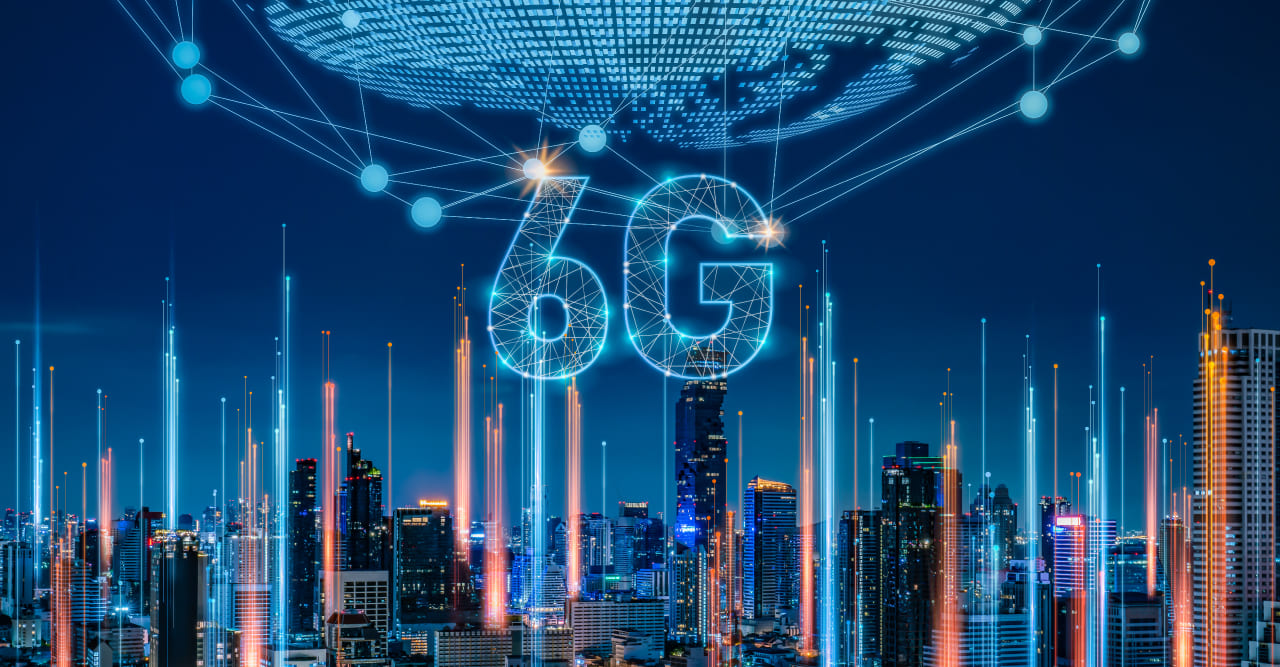
With the new wave of mobile connectivity at hand, we will need to understand the progress and implications of emerging technologies. On a timeline, while 5G is still undergoing deployment in most parts of the world, studies and improvements on 6G are already on the table. In this blog, we will look at the main differences between 5G and the upcoming 6G technology and what such advancements mean for the future of mobile communications.
Understanding 5G Technology
5G is the fifth generation of mobile networks, and it's truly nothing like anything before. The technology has brought even higher data speeds and low latency. It is much faster and more connected compared to older generations of connections. 5G operates with three frequency bands: Low, Mid, and High – also known as mmWave. Speeds from 50 Mbps to 10 Gbps, depending on the band applied.
Key Advantages of 5G
Faster Speeds: Theoretical peak rates can be as high as 10 Gbps. This translates to a high improvement rate from the predecessor, 4G LTE.
Lower Latency: The latency comes down to as low as 1 millisecond in 5G, therefore making more real-time applications viable.
Higher Capacity: 5G supports more devices per square kilometer; hence handling the ever-increasing number of IoT devices and sensors at workplaces and homes.
Current Deployment and Adoption
By early 2024, 5G networks were operational in over 100 countries, with vast deployments covering urban areas. According to the Global Mobile Suppliers Association, there will be more than 1.5 billion 5G connections around the world.
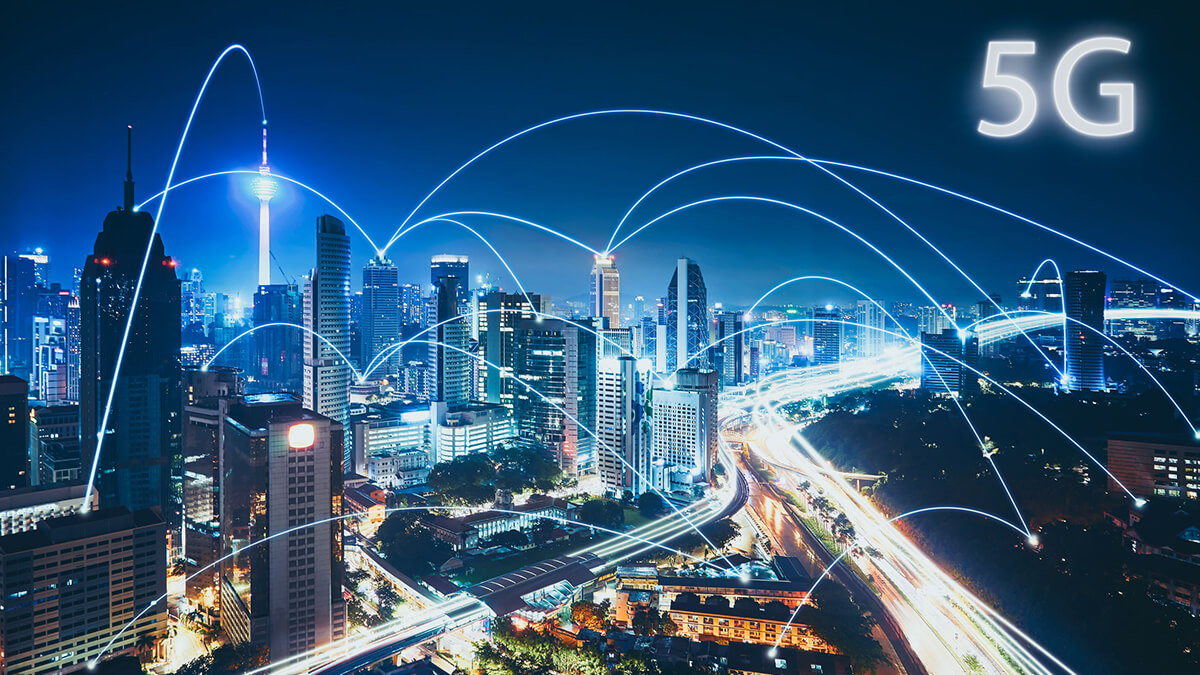
Entering the Era of 6G : The Arrival
The invention of the sixth generation (6G) of mobile networks is still under research and development. Commercial use is expected to be deployed around the year 2030. More connection boundaries are expected to be pushed as a major advancement over the foundation that has been laid down by 5G.
Expected Advancements with 6G
Data Speeds: 6G is known to provide data speeds reaching up to 100 Gbps, which is way ahead of the 5G technology.
Latency Reduction: With an expected latency of below 0.1 milliseconds, 6G could provide real-time communication.
Advanced Connectivity: 6G is targeting a huge bundle of applications, for example, holographic communication and highly advanced AI-driven services.
Emerging Use Cases for 6G
Holographic Displays: 6G can provide an enablement for realistic hologram communications and interactions.
Enhanced AI integration: With augmented speeds and minimal latency, 6G will also advance AI applications further, including real-time language translation and autonomous systems.
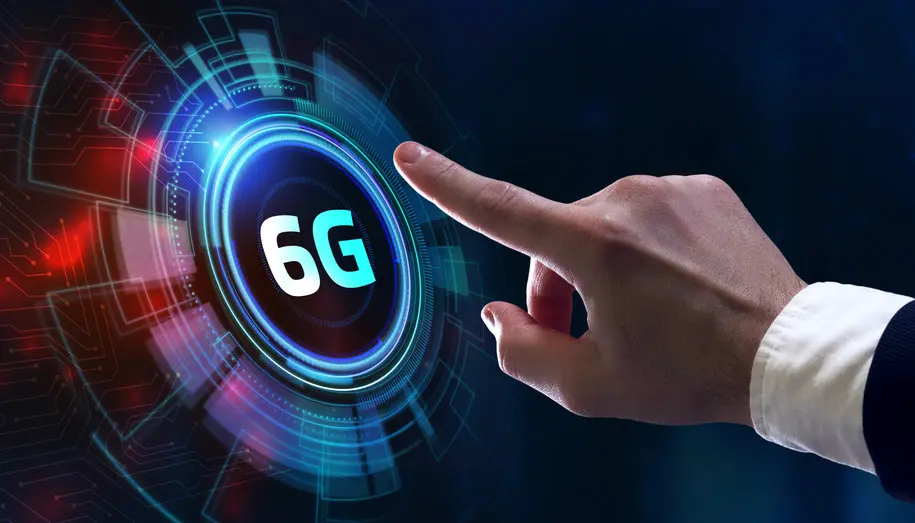
Comparing 5G and 6G: Side-by-Side Analysis
Speed and Bandwidth
5G: Up to 10 Gbps, speed varies by frequency band, especially in mmWave.
6G: Projected up to 100 Gbps, which would be ten times the bandwidth of 5G.
Latency
5G: It brings latency down to approximately 1 millisecond.
6G: Latencies less than 0.1 milliseconds, making it virtually instant data transmission.
Connectivity and Capacity
5G: Supports a maximum of 1 million devices per square kilometer.
6G: Foreseen to support even more devices, increase network density, and make it more efficient.
Applications
5G: Enhanced mobile broadband, IoT connectivity, and gaming experience.
6G: Next-level immersive experiences, like holograms, and further advanced AI-driven applications.
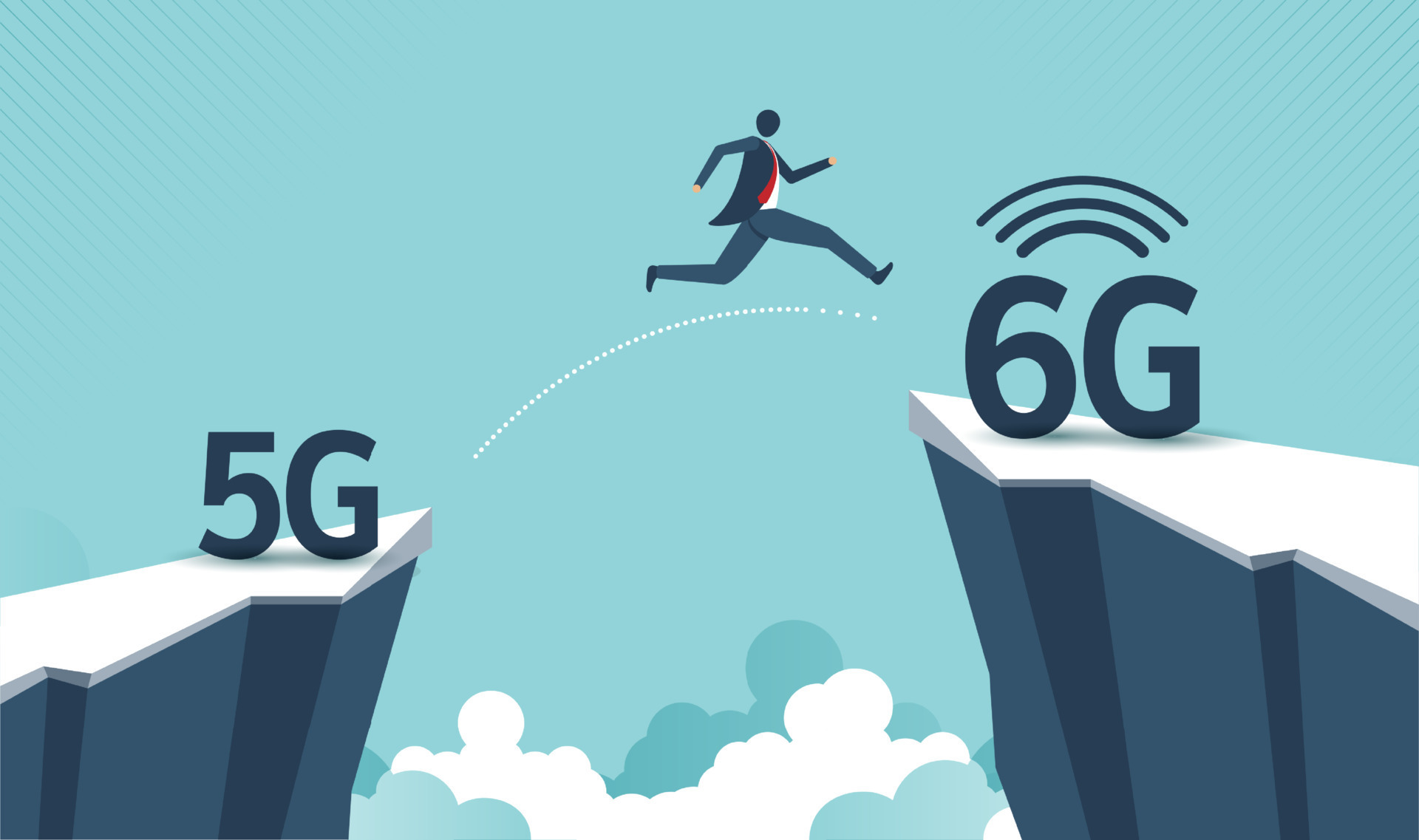
Future of Mobile Connectivity: What to Expect
Transition from 5G to 6G
- The transition from 5G to 6G will not be abrupt but rather gradual, with the former continuing its global expansion while the latter continues to mature. In this process, there will be a high level of upgrade in infrastructure and new technological standards set.
Industries That Will Be Impacted
Telecommunications: For supporting 6G, investments in new technologies and infrastructure will be required by the telecom operators.
Healthcare: Further connectivity will accelerate innovation in telemedicine and remote surgery.
Entertainment: 6G is going to change how media is consumed with ultra-high definition and immersive experiences.
Challenges and Considerations
Technical Difficulties: Various technical and logistical complications are going to dog the development and deployment of 6G technology.
Regulatory Problems: Governments and regulatory bodies will need to come up with new policies regarding how 6G networks are deployed and used.
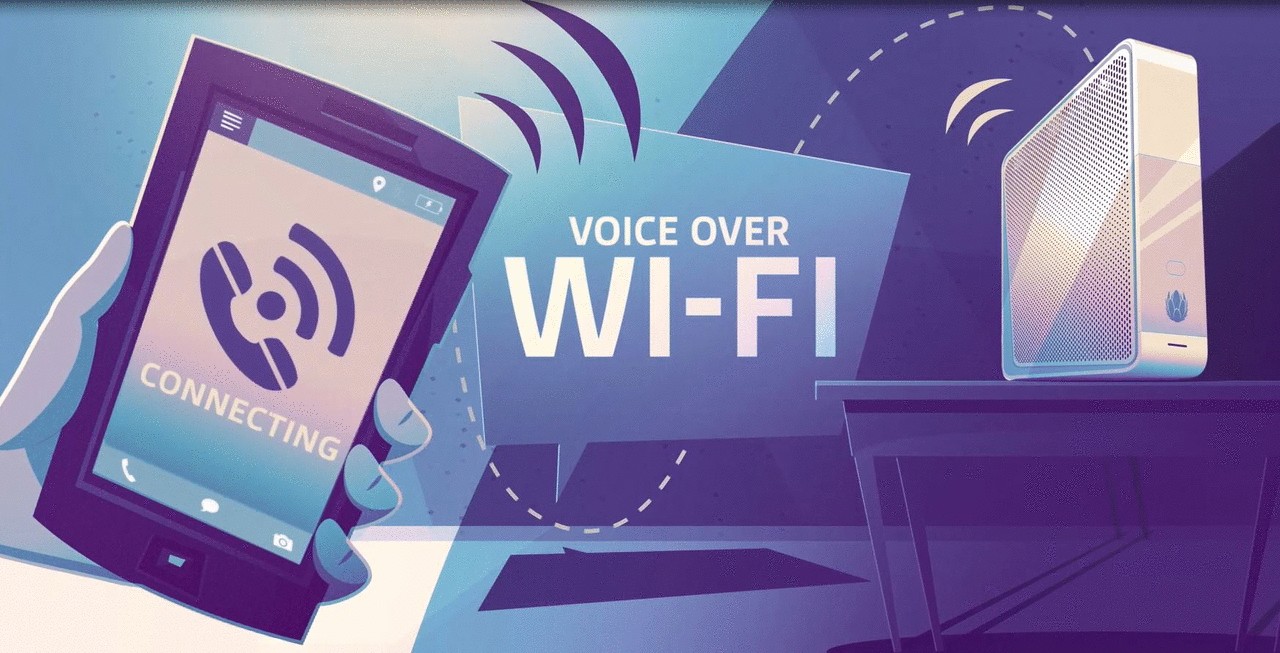
Subscribe to my newsletter
Read articles from Lakshay Dhoundiyal directly inside your inbox. Subscribe to the newsletter, and don't miss out.
Written by

Lakshay Dhoundiyal
Lakshay Dhoundiyal
Being an Electronics graduate and an India Book of Records holder, I bring a unique blend of expertise to the tech realm. My passion lies in full-stack development and ethical hacking, where I continuously strive to innovate and secure digital landscapes. At Hashnode, I aim to share my insights, experiences, and discoveries through tech blogs.